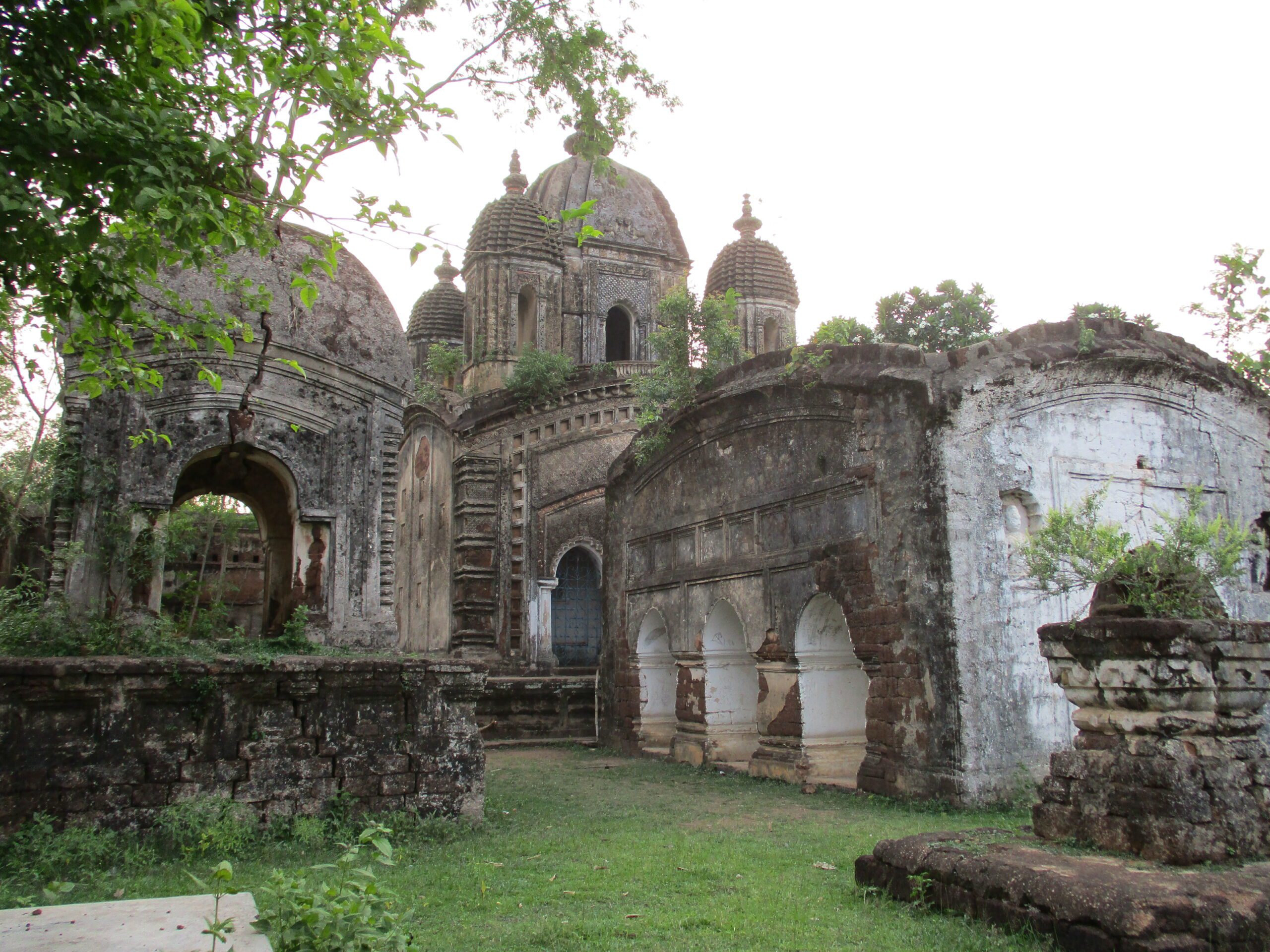Ancient Ramappa Temple – Highlights of Ancient Ramappa Temple – Telangana
Ancient Ramappa Temple also known as the Ramalingeswara temple, is located 77 km from Warangal, 15 km from Mulugu, and 209 km from Hyderabad in the state of Telangana in southern India.
- Distance From IIT Kharagpur to Ramappa Temple Is Approx. 1285Km Via NH16 And NH63
- GOOGLE MAP: Ramappa Temple
The Ramappa temple is said to be at least 800 years old. This is located in a remote village and strangely, the temple is named after the craftsman who designed the temple, his name was Ramappa, according to folklore. The first thing that you see is the tall tower. The tower is very special, it is made of floating bricks, yes, if you take a brick out of the tower and put it in water, it will float, instead of sinking like regular bricks.
How did they create this kind of technology in ancient times and why?
The floating rock technology and the Ramappa temple were recently nominated to the UNESCO world heritage site. When you look at the ceiling of this temple you see strange patterns, the small hemispherical protrusions. There is a reason for this, in ancient Hindu temples, every little thing was made with a reason. But I am not gonna tell you what it is, please leave your thoughts in the comment section. You will see the different slabs are perfectly fit together, and the first time you see it, you realize that it is not perfect, you can see some gaps between the slabs.
Why is it not perfectly fit?
Once you enter, you realize that this temple has been hit by a powerful earthquake. The floor shows several plinth beams popped out from under the ground, believe it or not, the earthquake actually flattened everything nearby but the temple has only undergone minor damage. Now you realize why these gaps were formed in the ceilings of the temple. This is the effect of the earthquake. I will tell you more about the temple. Though the main sanctum is elaborately designed on the outside, your eyes are naturally drifting to what’s inside. As we go towards the sanctum, there is a beautiful cylindrical lingam that appears to be made of shiny black basalt, polished to a mirror finish, but it could be made of geopolymer. What’s more interesting is the base: there are multiple striations and grooves cut on the base, looks like the whole thing was machined with high-tech equipment.
READ MORE: Mahabharat Barbarik – Did Ancient India have AI Robot Technology? Khatushyam Temple Mystery
- What kind of technology did ancient builders use?
- How did they accomplish this?
- What’s crazier than the pillars?
The ceiling blocks appear to have cymatic designs. This is just mind-boggling because the details are just too much to grasp. There is a rhombus shape around, where you have 4 main deities along with sub-deities, and there is another square around it, where you have 4 more deities, also with sub-deities. These are called Ashtadik Palakas, the guardians of 8 directions. There are also 4 rectangles outside, each one telling a different story of Shiva. You can see all the other characters from these stories as well. But it does not stop there, there are 4 more rectangles outside this too, which tell more stories of Shiva. So, in just one panel, there are more than 100 deities, all of which are still identifiable, after 800 years. I am too tired even to explain the gods and what they do here, but imagine how hard it must have been to carve them. There is a lot more stuff I could tell you inside the temple, but let us explore outside because there are some really crazy things we can see on the outside as well. When you look at the carvings… what we see are crazy scenes from ancient wrestling fights. The various types of locks and position carvings are shown. This means that this kind of sport existed at least 800 years ago in India, even though I believe that the temple is much older.
On the outside wall, there are plenty of carvings that show dancing women, various animals, Hindu gods, etc but there are two carvings carved side by side, which stand out. The first one is a figure which holds a shield and a sword. The second one is the same figure but it is shown completely unclad with very long arms, his arms are going below his knees.
What is the story behind this?
He is Bahubali, the popular Jain God who renounces war and becomes a monk. His long ears and arms confirm that he isBahubali, but why is this carved in a Hindu temple? Because in ancient India, all religions co-existed quite peacefully, this is why we see Hindu, Buddhist, and Jain temples, all carved together in places like Ellora caves for example. Another fascinating thing is the elephants carved on the walls. There are a total of 526 elephants carved, and locals claim that no 2 elephant carvings look alike. But I think this is an exaggeration, the elephants, just like the female guardians are actually telling us how to go around the temple. If you do not know how to go around the temple, just follow the elephants. Walk where the elephants walk and stand and pray to Gods, where the elephants pray to gods. If you understand symbolism, you will understand ancient India. I hope you liked it. Please give thumbs up and share it with your friends!










